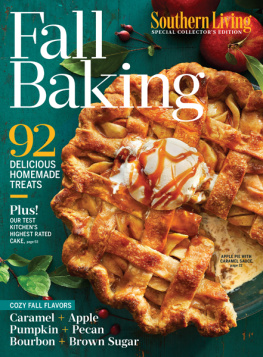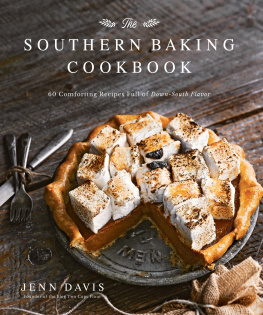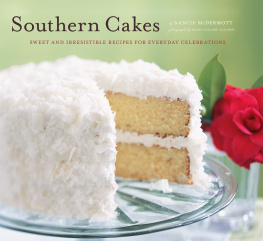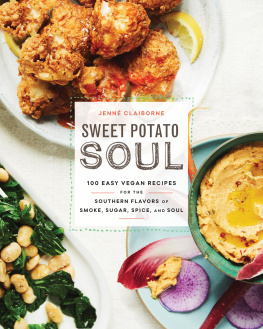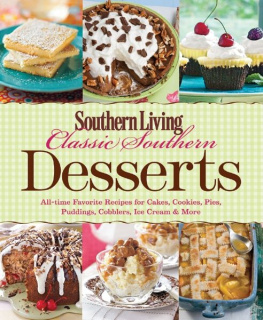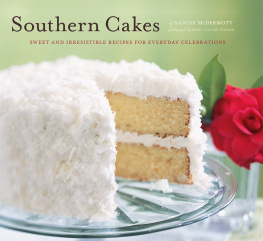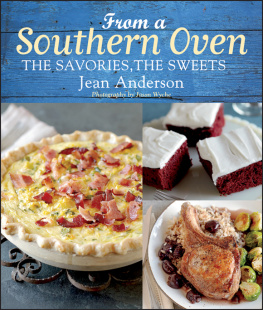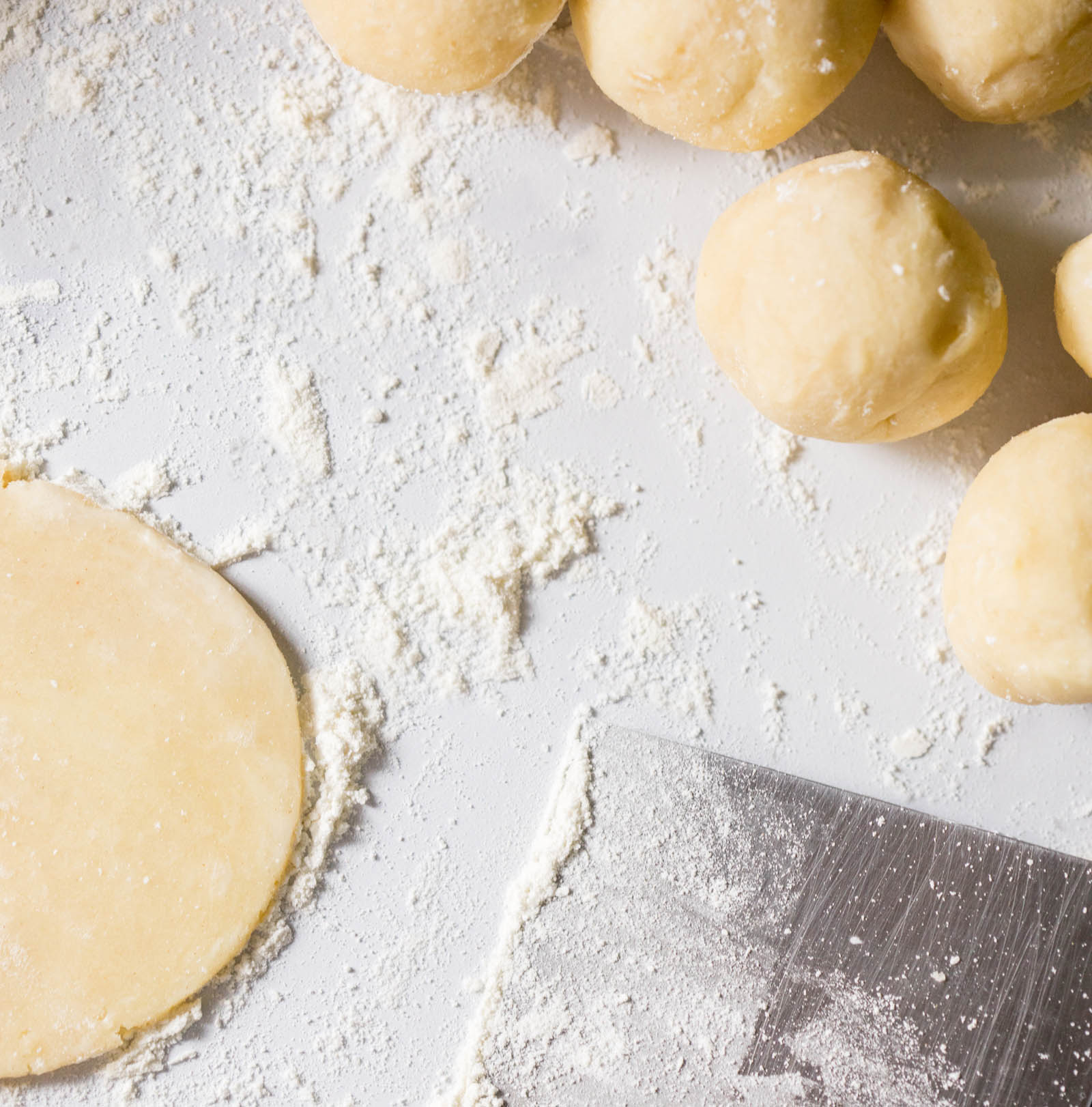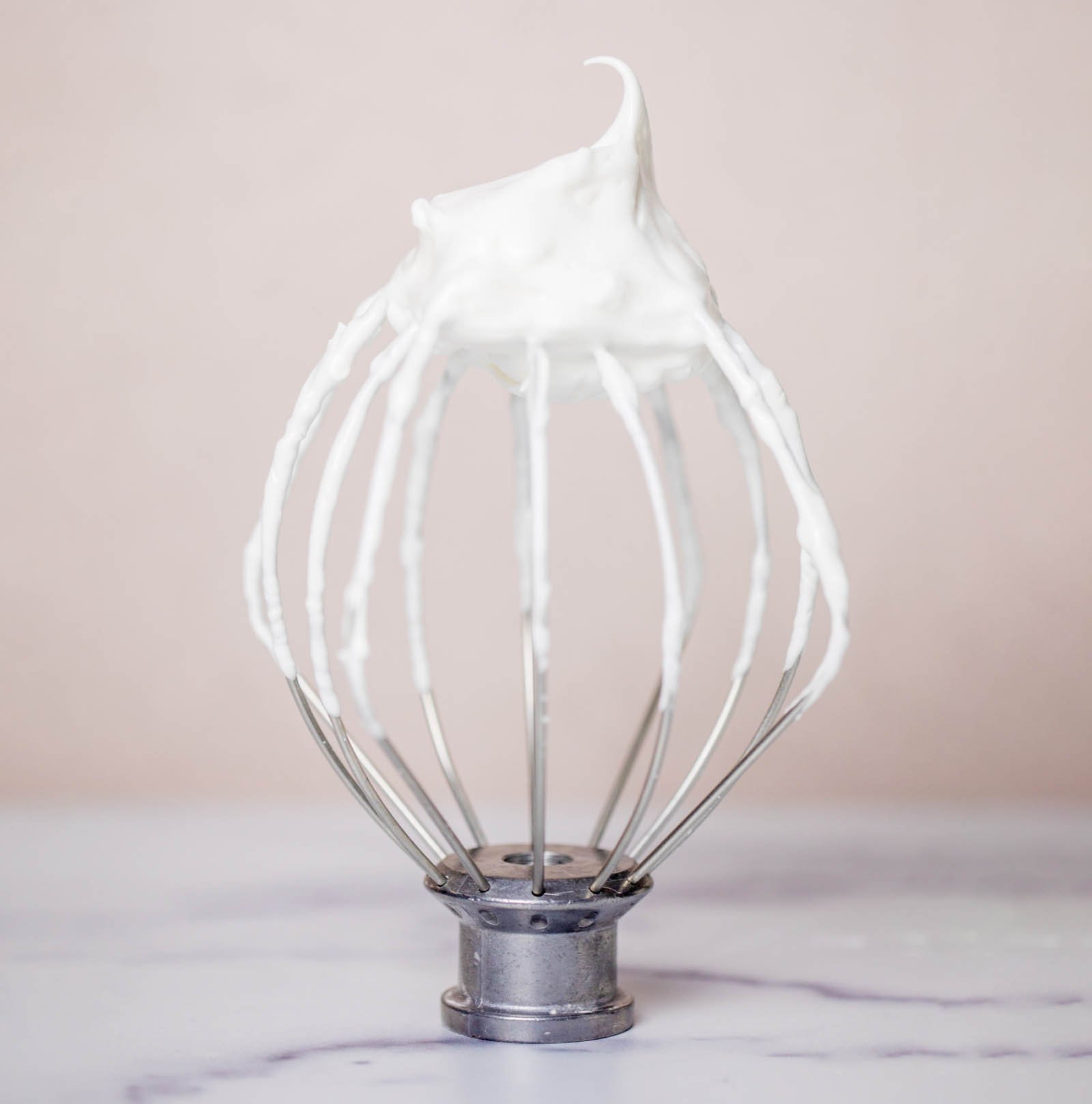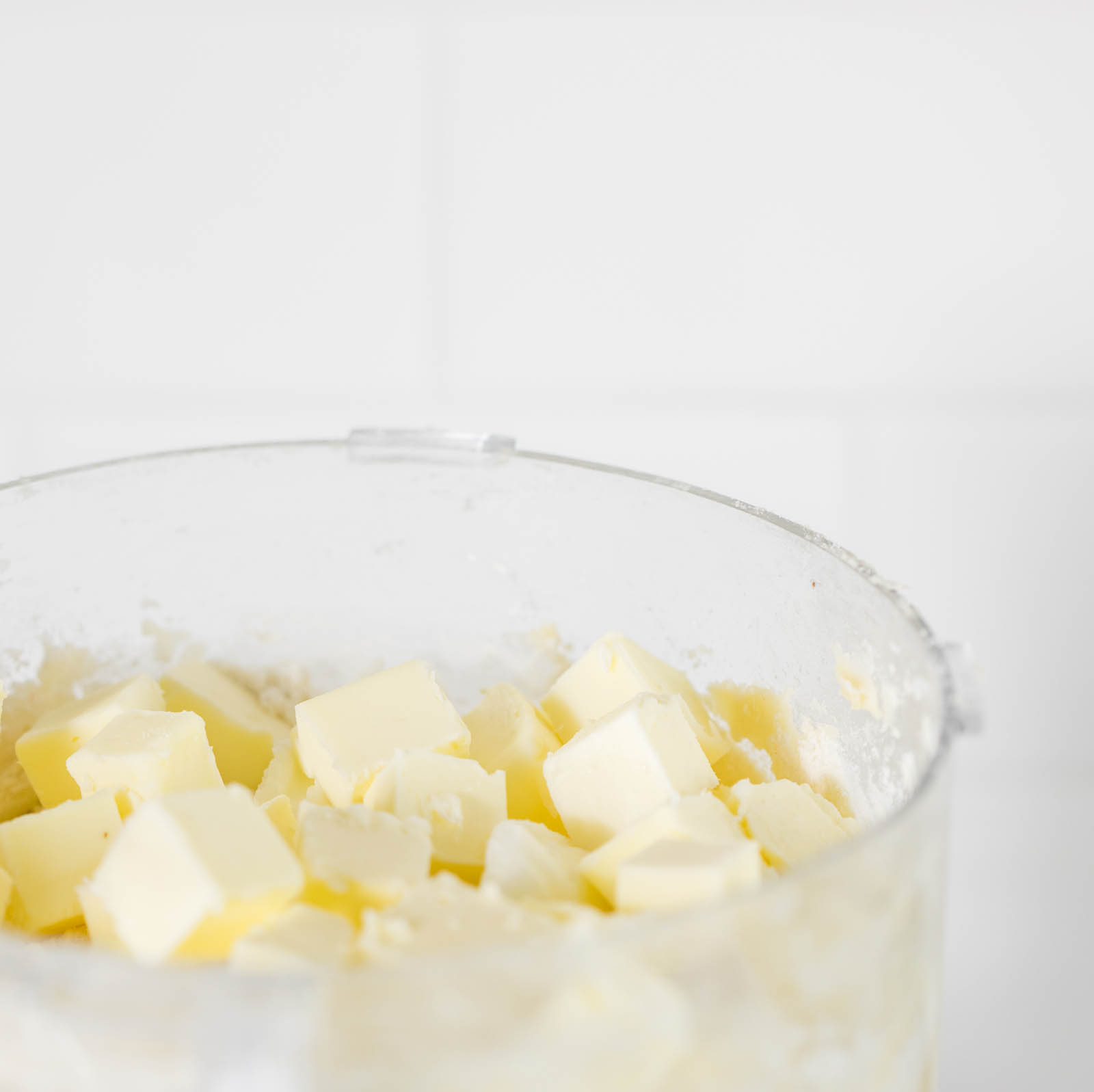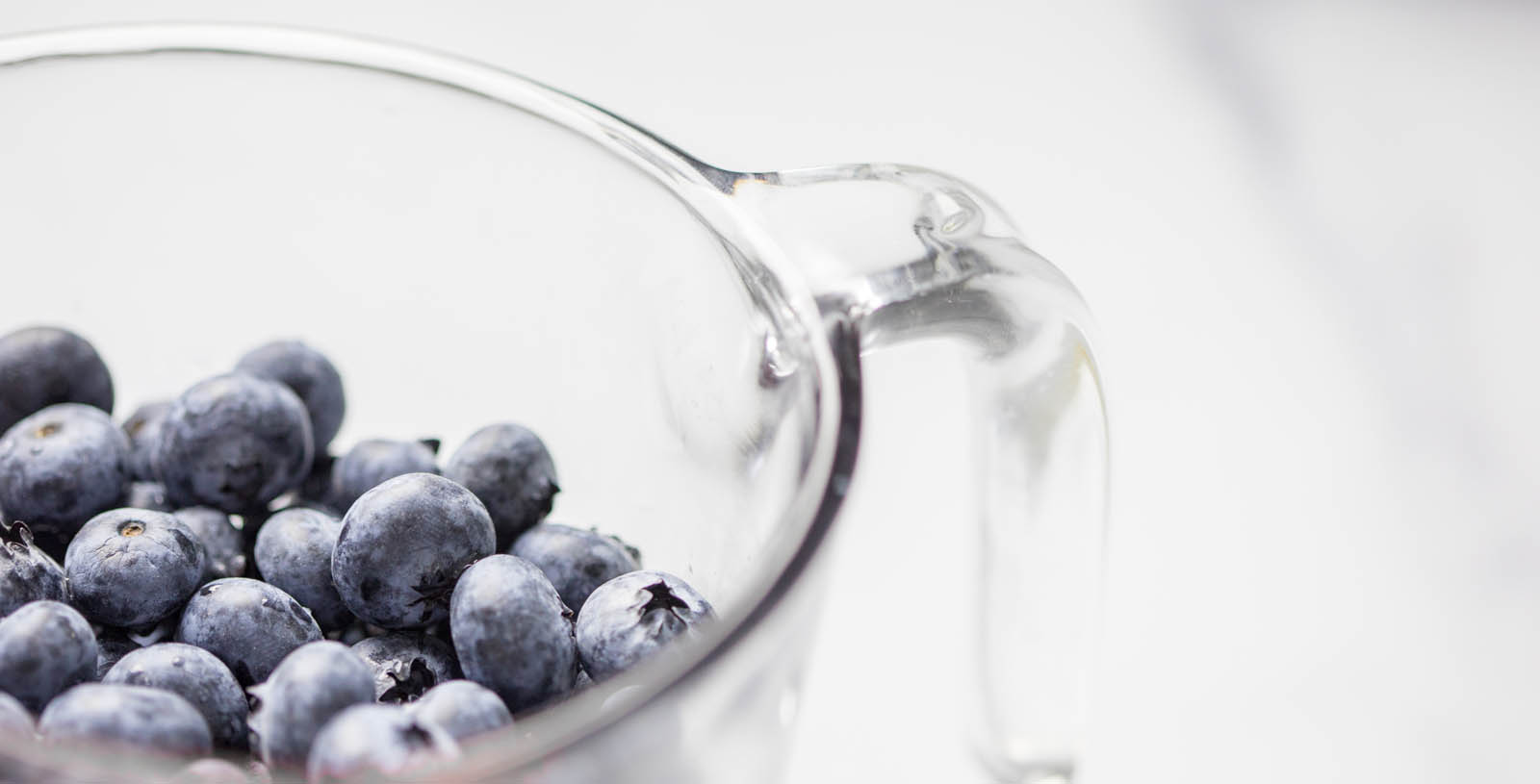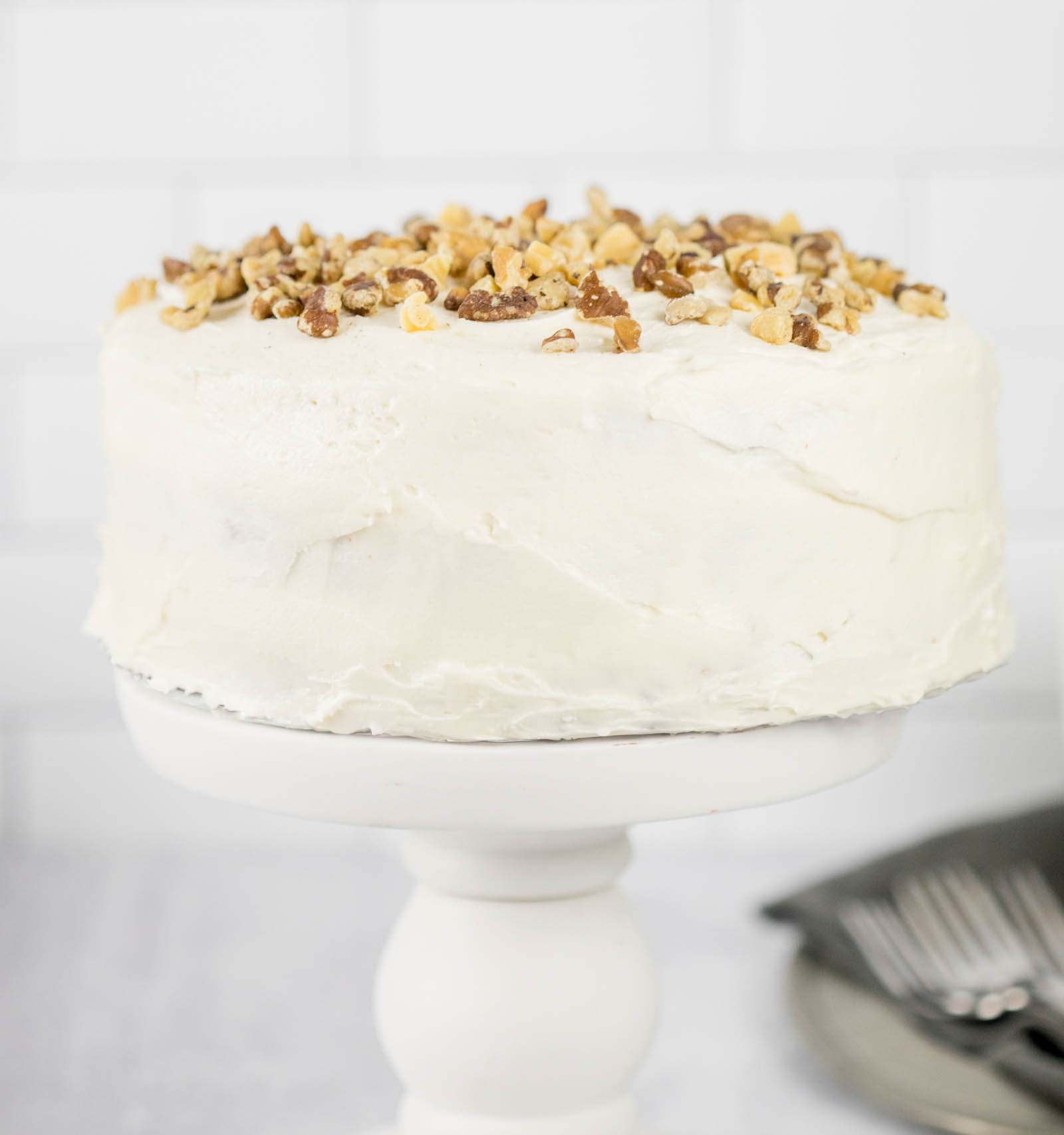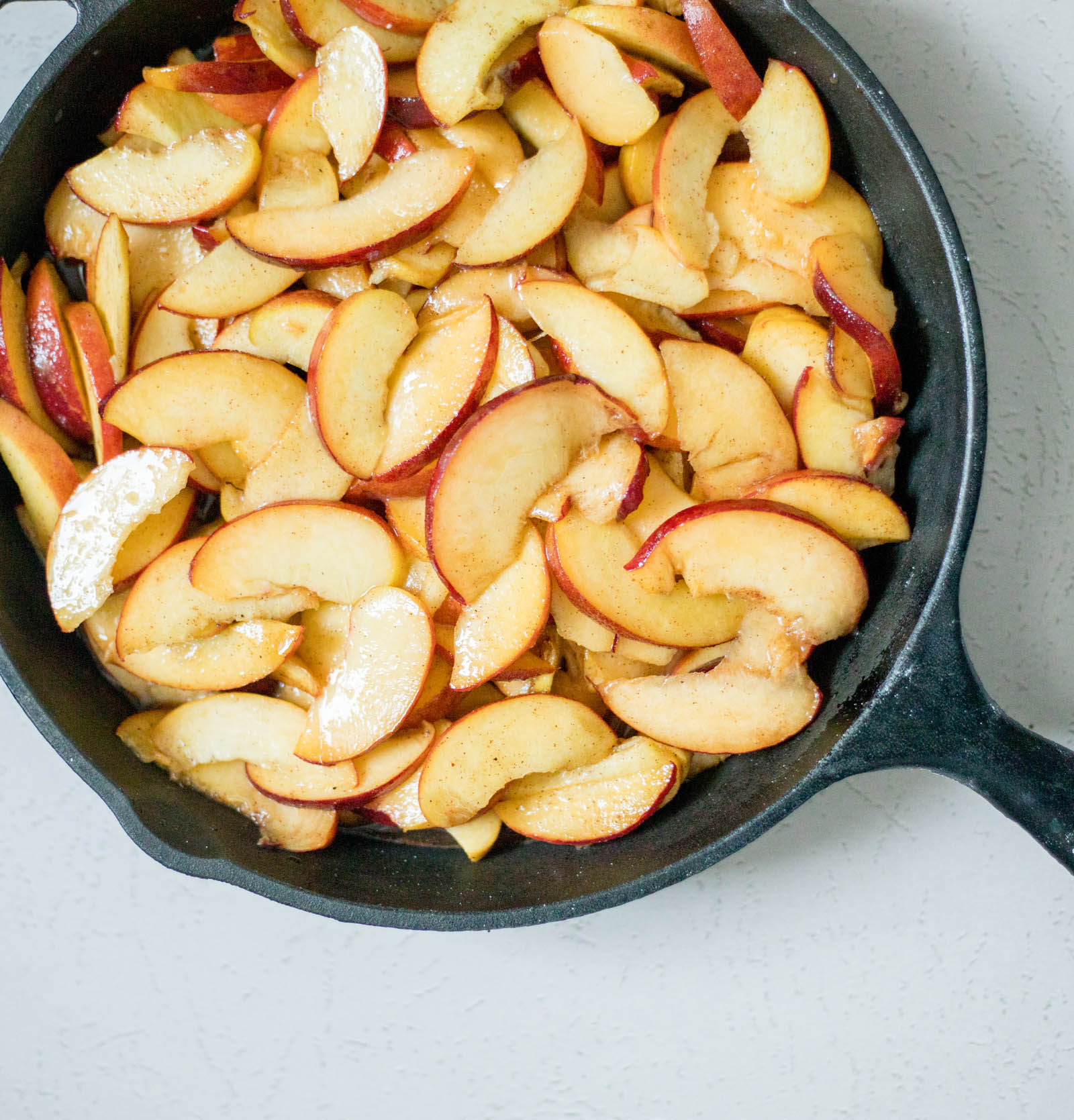All rights reserved. No part of this book may be reproduced by any meanswhatsoever without written permission from the publisher, except brief portionsquoted for purpose of review.
P.O. Box 667
Names: Smith-Sullivan, Belinda, 1949- author. | Blohm, Kate,photographer.
Title: Southern sugar / Belinda Smith-Sullivan ; photographs by KateBlohm.
Description: First edition. | Layton, Utah : Gibbs Smith, [2021] |
Subjects: LCSH: Desserts. | Cooking, AmericanSouthern style. | LCGFT:Cookbooks.
The sweetest and most faithful companion who will live forever inmy heart.
Acknowledgments
Michelle Branson, Sadie Lowry, and Gibbs Smith for your continuedsupport.
Martha Hopkins of Terrace Partners, my agent, for all you do to keep meon track and moving forward.
Trina Kaye for your dedication to helping build awareness for mywork.
Carroll Leggett and Terry McCammon for continually introducing me tounique local and Southern perspectives and their unlimited culinaryapplications.
Better Homes and Gardens magazine for your recognition and acknowledgment of Lets Brunch.
South Carolina Living magazinefor providing a platform for me to share my culinary knowledge with readers.
Foreward
Ah, the Southern sweet tooth. It is a formidable force. Inthe South, sugar is a food group, and this beautiful book is a glorious celebrationof our love of things Southern and sweet.
In the land of the Southern sweet tooth, the laden sideboard of adessert buffet is pure glory. Many of us know the vision of a profusion of tenderlayer cakes; bittersweet buttery pecan pies; burnt sienna sweet potato pies; goldencrunchy peanut brittle; luscious pecans coated in sugar; and bubbling fruitcobblers. Our desserts define us and our life moments.
Sugar is with us for celebrations and everyday moments. We havedesserts at reunions, dinner on the grounds, parties, and holidays. We drink tea sosweet it will make your teeth hurt, slather fruity jam and jelly on biscuits, eatcountry ham cured in sugar and salt, put a pinch of sugar in slow-cooked greens, andfinish meals with a sweet slab of buttery cake.
In the hot, humid South, sugar began as a means of preservation, suchas sugar-cured ham and bacon or boiled icing to protect cakes. But our love of sugaris also tied to slavery. The growth of sugarcane followed African slaves through theCaribbean and into Southern plantations. The vast majority of the sugar grown duringthe antebellum era was from Louisianawhich produced between one-quarter andone-half of the sugar produced in the entire UnitedStates, according to the Louisiana State Museum. The mothers and sisters of slavesworking hard in the fields were in the kitchen, making the food that eventuallyevolved into Southern cuisine. Ive always thought our people, both black and white,were attracted to sugar because it was one of the most local of ingredients.
Despite this bitter history, Chef Belinda Smith-Sullivan is certainlycorrect when she says, Southerners are especially proud of their desserts. Thisbook is a testament to our history and our love of sugar. Her words brilliantlyexpress our devotion to it. And reading Southern Sugarmade me incredibly hungry.
Bon apptit, yall!
Virginia Willis
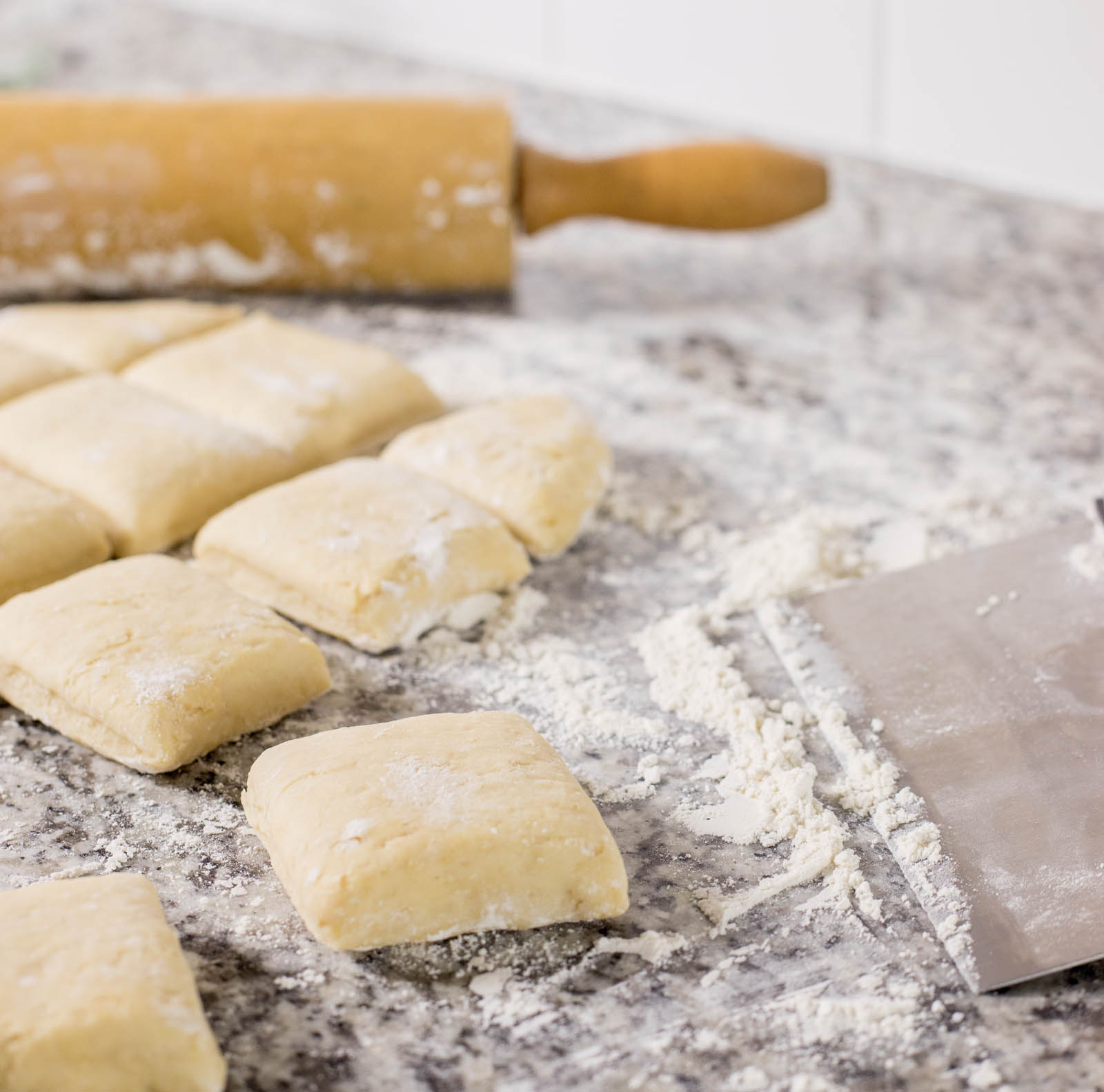
Introduction
For anyone who has ever grown up in the kitchen of theirgrandmother, mother, or auntsno matter the geographic locationthe experienceswere not that different. You were exposed to ingredients, techniques, equipment,and tools that left a permanent impression on your mind and unanswered questionsin your head. These mysteries would preoccupy you until you asked the questionsand closed the gap in your learning curve.
I was an extremely curious child! According to relatives, I always hadan unlimited cache of questions, and nowhere did these manifest more than in thekitchen while serving as the ultimate little helper to my female mentors. I wascooking by the time I was seven. I had a knack for remembering details and couldreplicate everything I observed. By the time I was eight, I was correcting my motheron things that she inadvertently missed or omitted. Needless to say, this got meinto trouble sometimes. But soon she relied on me, and since she was a workingmother, I became her secret weapon for getting dinner on the table in a timelymanner during the week.
By far, my best experiences were hanging out in the kitchen with mygrandmother, whom we spent many summers with during our youth. I was amazed at thethings she did without the help of the fancy appliances that my mother had at herdisposal. She cooked on a wood-burning stove and had no running water in herkitchen. She would beat a cake in a huge bowlthat she held on the side of herhipwith a big wooden spoon. I have never known anyone who could beat egg whitesinto meringue or cream into whipped cream by hand (a technique I was taught inculinary school but never mastered) like she could. And how did she instinctively know when the oven temperatureon thewood-burning stovereached 350 degrees?
Cakes, pies, and sweets were especially of interest to me. I think theappeal was that the final product was always so pretty. People oohed and aahed over the confections, but rarelyextended dinner the same excitement. That was good, theyd say. Whats fordessert?!
By the time I was ten, my mothers good friend paid me five dollarsevery week to bake two cakes for her family. Eventually, my role was cast for allour family and holiday gatherings. Mama confidently assigned all the baking dutiesto mebut always kept a close eye on me while I made her prized pound cake!Thanksgiving dinner was always held at our house, attended by at least forty people.I would start one week early, baking and freezing cakes and pies of all sorts,because Mama insisted that everyones favorite dessert be prominently displayed onthe eight-foot dessert table.




